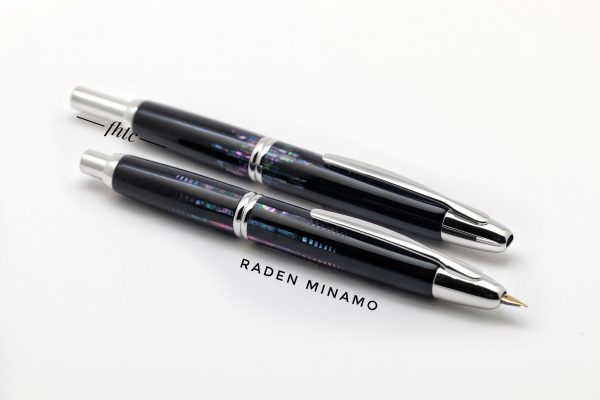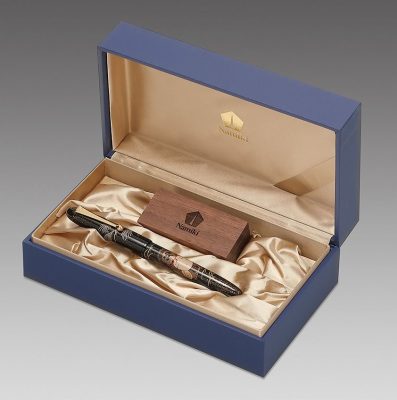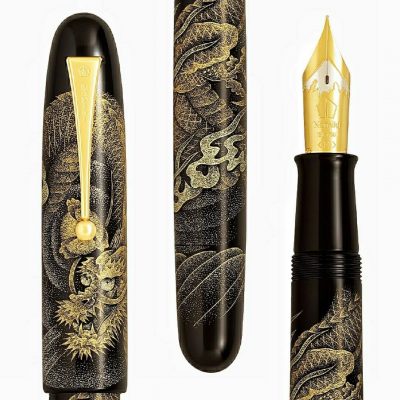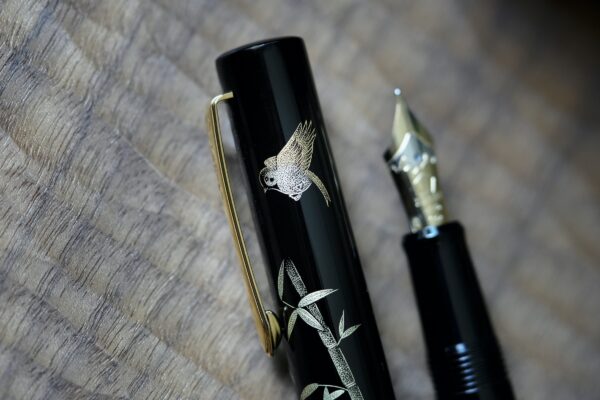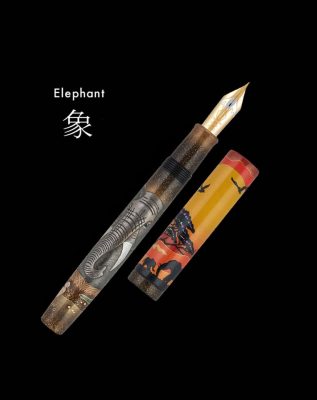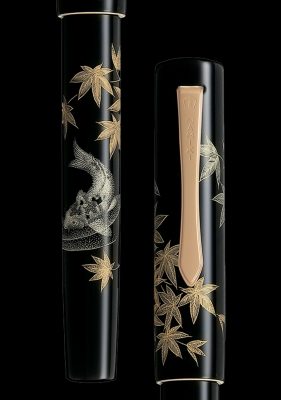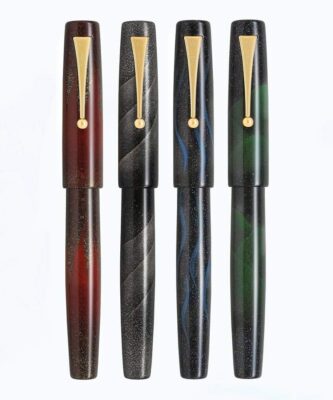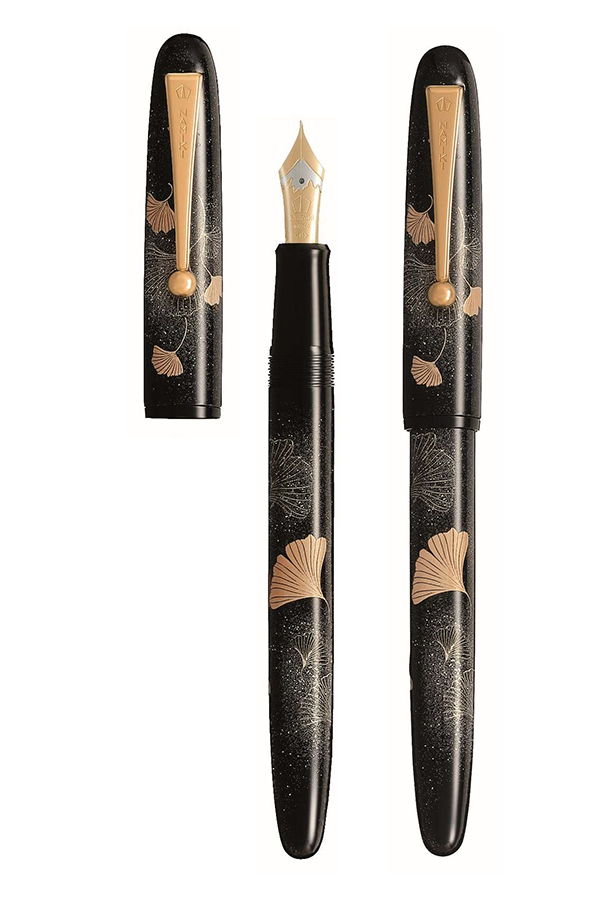

Often cited as examples of trees that change colour because their leaves turn to gold with the onset of autumn. Ginkgo trees, together with the red leaves of maples and other varieties add splashes of vivid colour to the autumn season. As Ginkgo trees are tremendously hardy and can survive for more than 1,000 years, they are also considered to be auspicious symbols of longevity.
In Japan, ginkgo trees have been planted in many locations, including Shinto shrines and Buddhist temples as well as on roadsides.
As their bark is thick and contains a large volume of water, Ginkgo trees are resistant to fire and will survive even the most intense of conflagrations, therefore, planting them carries the wish that nearby buildings will likewise not be consumed by fire.
As their leaves are fan-shaped, Ginkgo trees carry the meaning of increasing prosperity as time passes. Used for kimono designs and family crests since time immemorial, they make magnificently elegant patterns.
Also, there are male and female Ginkgo trees. The seeds for which the tree is known for develop only on female trees, and are used to signify trouble-free childbirth and the perpetuation of descendants when attached in large numbers to bells.
We have sprinkled gold dust all over the Namiki Ginkgo fountain pen, which has been finished using the togidashi (burnished) polishing technique. Ginkgo leaves are depicted on the cap and barrel using hira (flat) maki-e techniques, and kakiwari* techniques have been used on the golden leaves to clearly render their veins.
The worldwide sales of this fountain pen are limited to just 300. One by one, we have incorporated and depicted the wish that they will bring happiness to each and every person that holds one in his or her hand.
* Kakiwari is the lacquerware technique used to apply gold dust without lacquer to the parts that represent boundary lines, as exemplified by the veins of leaves and the wings of birds.

